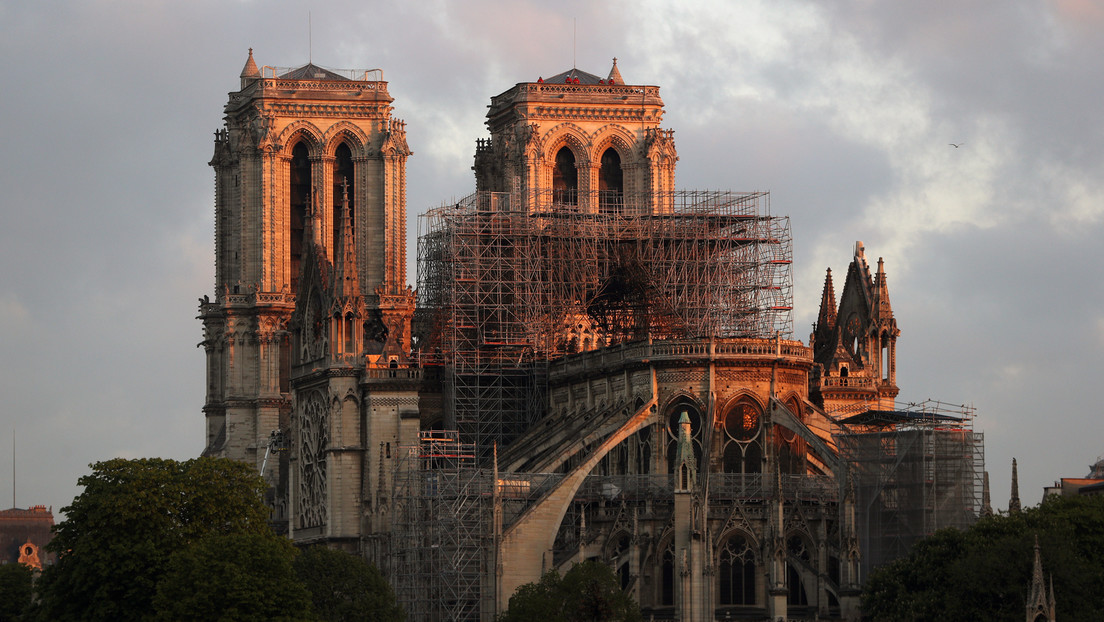The finding also provides new data on the circulation, trade and forging of iron between the 12th and 13th centuries.
A team of scientists discovered that during the construction of the Notre Dame Cathedral in Paris (France), in the 12th and 13th centuries, iron supports were used to join the stone blocks.
The find makes the temple the first known Gothic cathedral built with the extensive use of iron as an additional reinforcement of the entire structure, according to a study published in the journal Plos One.
The discovery was made possible after the devastating fire that ripped through the building in April 2019, while planned restoration works were underway. The flames destroyed much of the temple, and unprecedented repair work has since been carried out to bring it back to life.
“The fire has shed light on certain uses of iron, such as the staples at the top of the upper walls that were totally hidden by the frame,” said Maxime L’Héritier, an archaeologist at the National Center for Scientific Research and lead author of the study. , in an email to Gizmodo.
The analysis of 12 samples of iron clips from different locations (tribunes, aisles and upper walls), six of which were subjected to radiocarbon dating, have indicated that reinforcements of this material began to be used in the earliest stage of construction. the construction of Notre Dame, in the early 1160s.
The recent detail is not the first surprise that has arisen during the restoration works of the temple, which is expected to reopen by the end of next year.
In 2022, the discovery of two lead anthropomorphic sarcophagi inside the cathedral was reported. Both burials belong to a renowned priest and a high-class horseman.
The scientists have indicated that in addition to new information on the construction method used at that time, the study also yields new data on the circulation, trade and forging of iron between the 12th and 13th centuries.
